Environmental stress
As far as photovoltaic applications are concerned, the materials used outdoors should be determined based on ultraviolet light, ozone, severe temperature changes and chemical erosion. The use of low-grade materials under this kind of environmental stress will cause the cable sheath to be fragile and even decompose the cable insulation layer. All of these situations will directly increase the loss of the cable system, and at the same time, the risk of cable short circuit will increase. In the medium and long term, the possibility of fire or personal injury is also higher.
HUBER+SUHNER RADOX® solar cable is an electron beam cross-link cable with a rated temperature of 120°C, which can withstand harsh weather and mechanical shocks in its equipment. According to the international standard IEC216, RADOX® solar cables, in outdoor environments, their service life is 8 times that of rubber cables and 32 times that of PVC cables. These cables and components not only have the best weather resistance, UV and ozone resistance, but also can withstand a wider range of temperature changes (for example: from –40°C to 125°C).
To deal with the potential dangers caused by high temperature, manufacturers tend to use double-insulated rubber sheathed cables (for example: H07 RNF). However, the standard version of this type of cable is only allowed to be used in an environment with a maximum operating temperature of 60°C. In Europe, the temperature that can be measured on the roof is as high as 100°C.
The rated temperature of RADOX® solar cable is 120°C (usable for 20000 hours). This rating is equivalent to 18 years of use under continuous temperature conditions of 90°C; and when the temperature is lower than 90°C, its service life is longer. Generally, the service life of solar energy equipment should reach 20-30 years.
Based on the above reasons, it is very necessary to use special solar cables and components in solar systems.
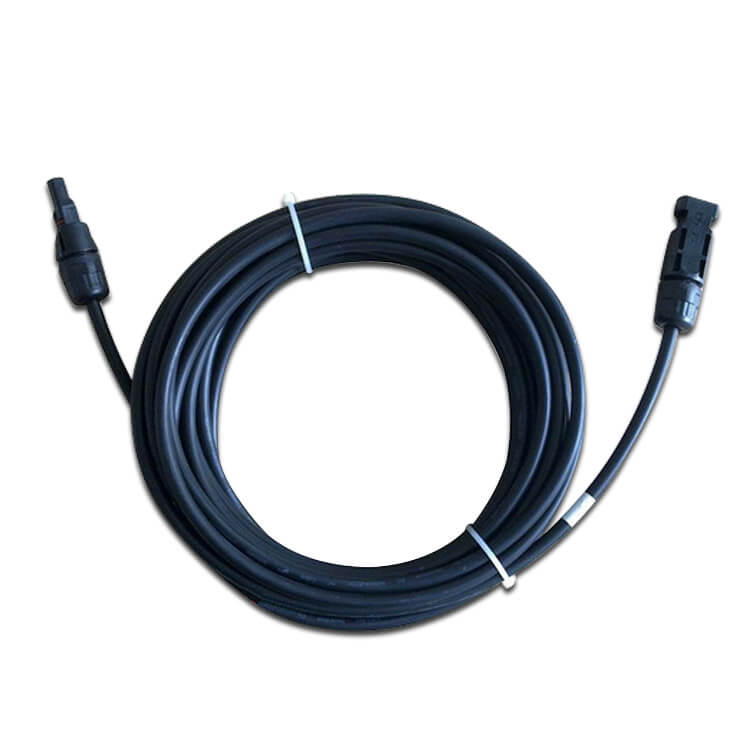
Resistance to mechanical loads
In fact, during installation and maintenance, cables can be routed on the sharp edges of the roof structure. At the same time, the cables must withstand pressure, bending, tension, cross-tension loads, and strong impacts. If the cable sheath is not strong enough, the cable insulation layer will be severely damaged, which will affect the service life of the entire cable, or cause short-circuit, fire, and personal injury hazards.
The material cross-linked by radiation has high mechanical strength. The cross-linking process changes the chemical structure of the polymer, the fusible thermoplastic material is converted to the non-fusible elastomer material, and the cross-linking radiation significantly improves the thermal, mechanical and chemical properties of the cable insulation material.

 ENGLISH
ENGLISH 简体中文
简体中文 GERMAN
GERMAN SPAIN
SPAIN
 +86 181-5747-1135
+86 181-5747-1135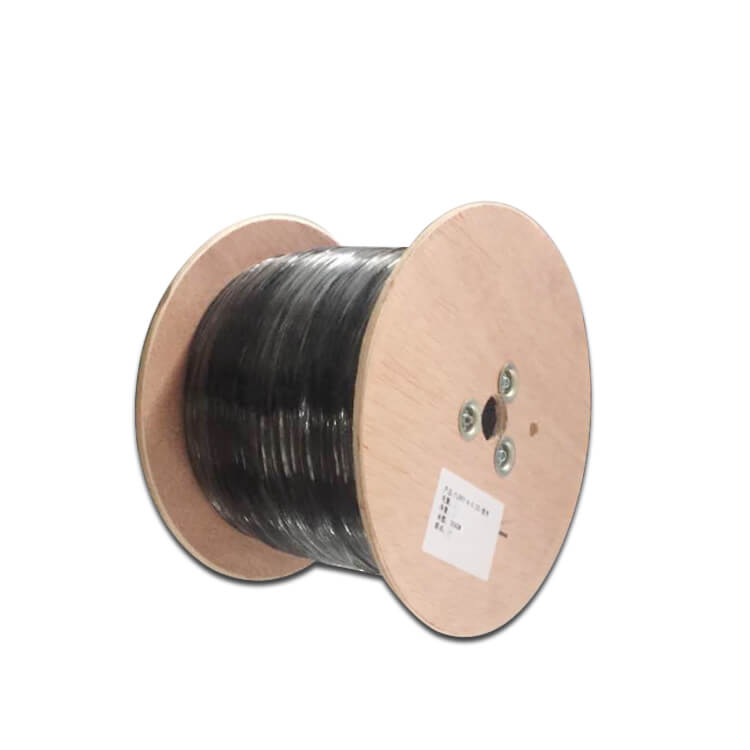
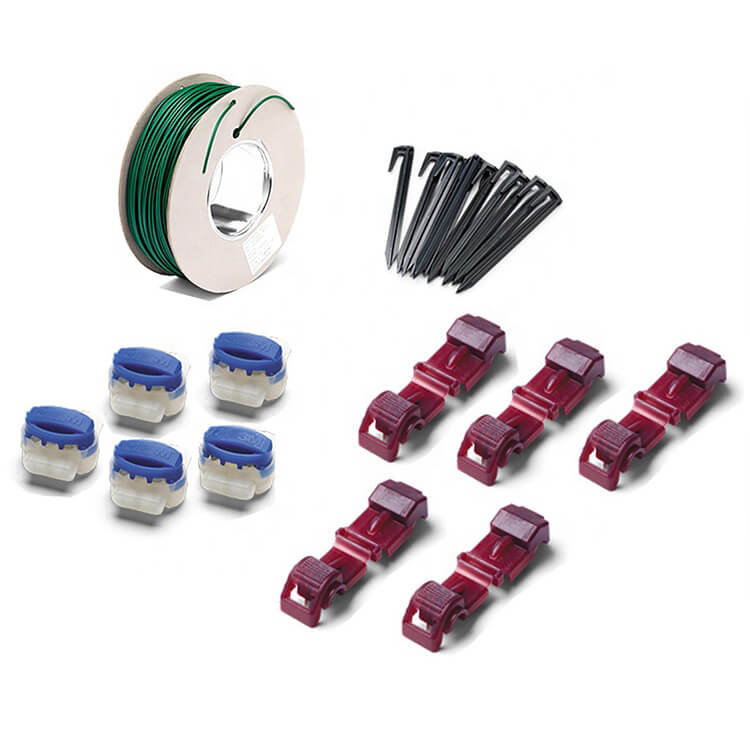
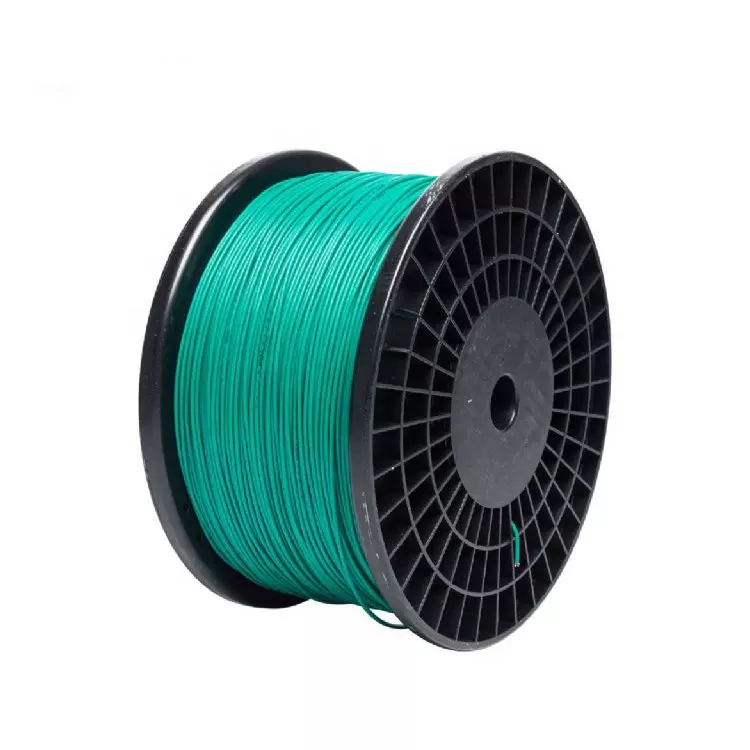
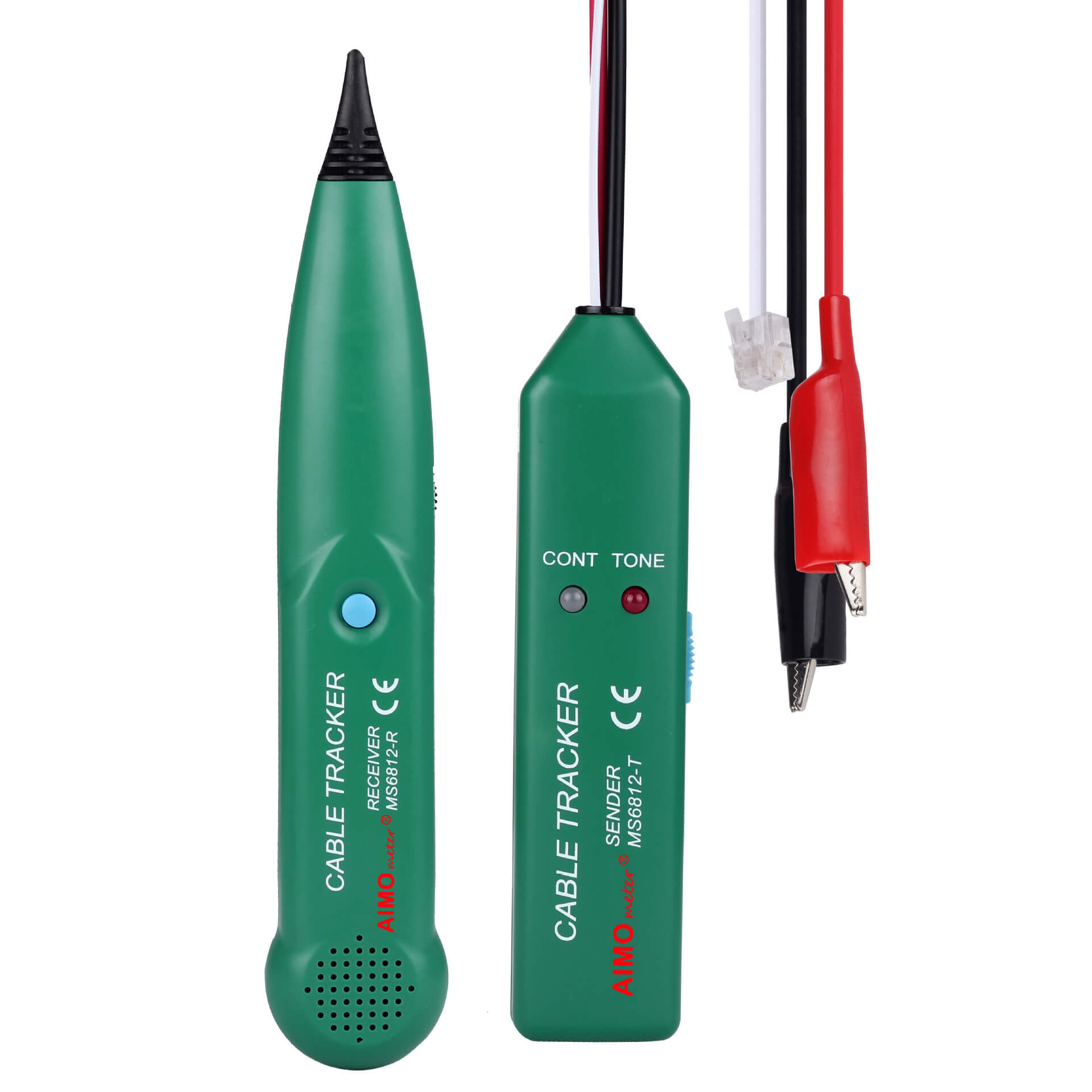


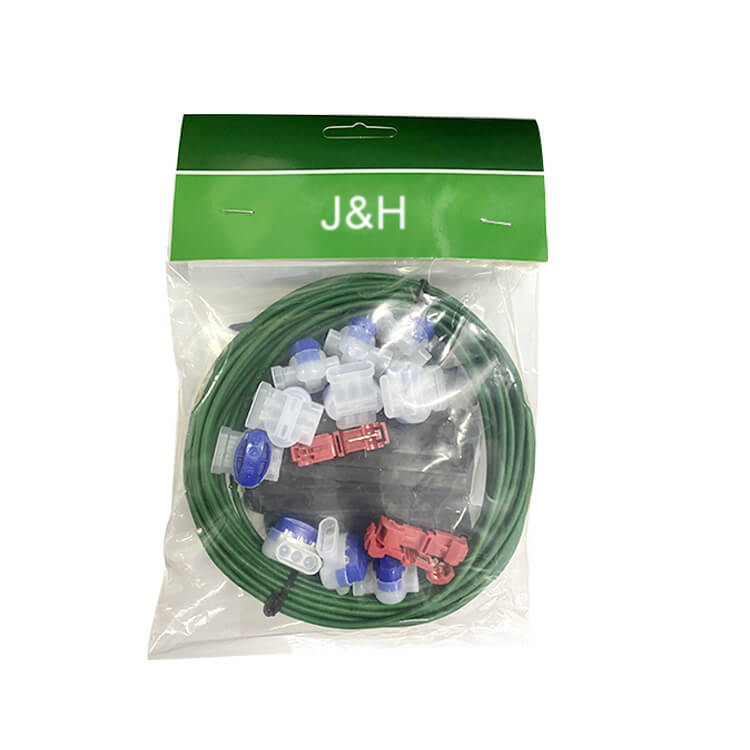
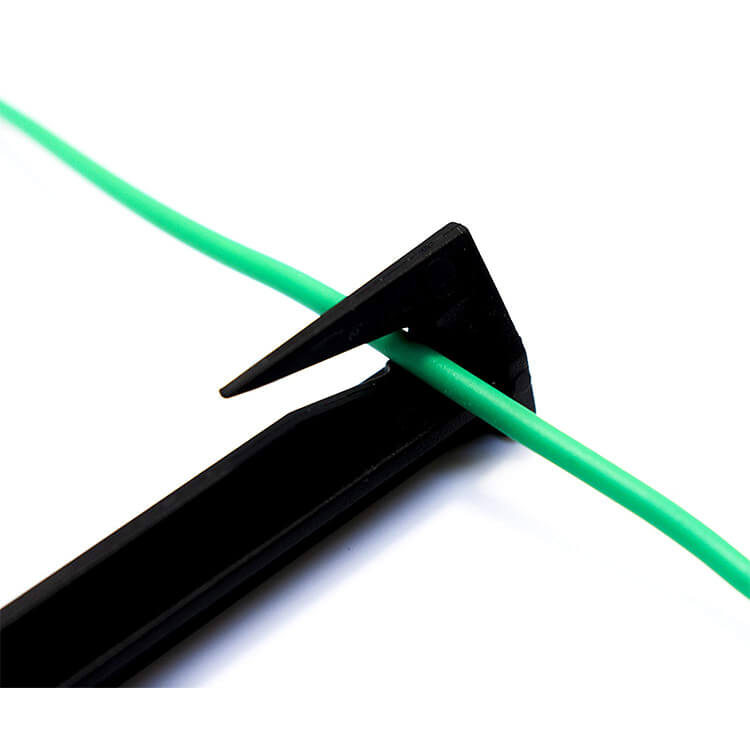
 Abroad:+86 181 5747 1135
Abroad:+86 181 5747 1135 FAX: +86 574 8900 7636
FAX: +86 574 8900 7636 E-mail:
E-mail: 

 read the map
read the map

